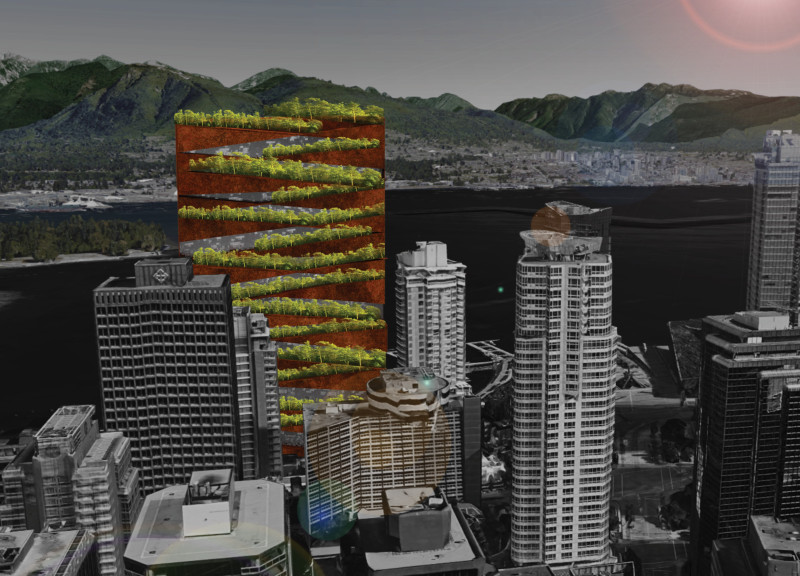5 key facts about this project
The project at hand represents a thoughtful integration of modern architectural principles within a specific contextual framework. Situated in [insert geographical location], the design emphasizes functionality while addressing environmental considerations, community needs, and aesthetic coherence. Utilizing a blend of traditional and contemporary materials, the project seeks to create a harmonious interaction between its occupants and the surrounding landscape.
One of the primary features of this architectural design is its versatile spatial organization. The layout effectively accommodates various functions, including [insert specific functions such as residential areas, community spaces, or commercial facilities]. Each area is carefully delineated yet connected, promoting fluid movement throughout the structure. This not only enhances usability but also reinforces social interaction among users, a crucial aspect of modern architectural design.
Sustainable design practices are evident in the selection of materials and energy-efficient systems employed throughout the project. Materials such as [list specific materials, e.g., reclaimed wood, concrete, glass, steel] have been chosen not only for their aesthetic qualities but also for their durability and environmental impact. The use of large windows and open spaces maximizes natural light, reducing the reliance on artificial lighting and lowering energy consumption. Additionally, [insert any specific green features like green roofs, solar panels, or rainwater harvesting systems] contribute to minimizing the project’s ecological footprint.
The unique design approach of this project is characterized by its emphasis on context and community engagement. Unlike many contemporary developments that prioritize aesthetics over functionality, this project integrates local cultural elements and environmental aspects, allowing it to resonate more deeply with its surroundings. The façade, for instance, incorporates patterns or textures that draw inspiration from local heritage, transforming the building into a landmark that reflects the identity of the area.
The use of architectural sections and plans further illustrates the project's attention to detail and spatial dynamics. These elements reveal how light and shadow play within the interiors, enhancing the sensory experience of space. The structural organization is designed to facilitate adaptability, allowing spaces to evolve with the changing needs of their occupants without significant alterations to the building’s core layout.
For those interested in a comprehensive understanding of this architectural design, exploring the architectural plans, sections, and designs is highly recommended. Delving into these elements will provide deeper insights into the intentionality behind the project, showcasing its dedication to thoughtful, sustainable, and community-oriented architecture.


























